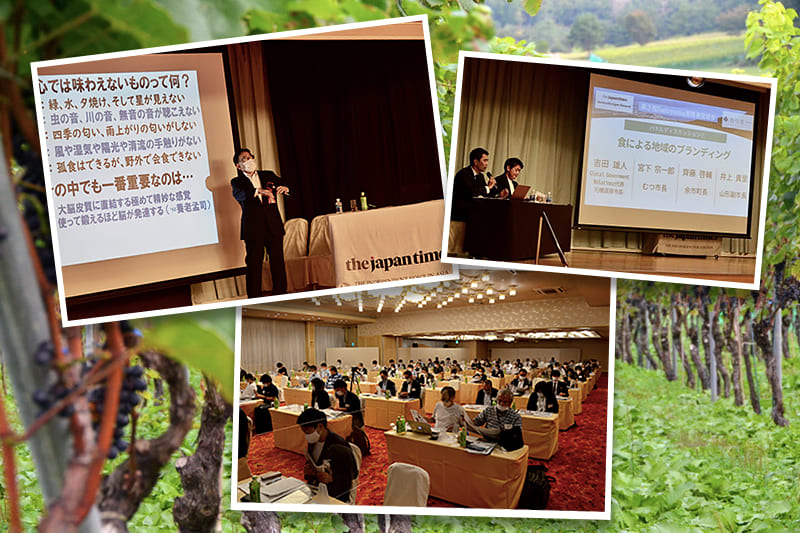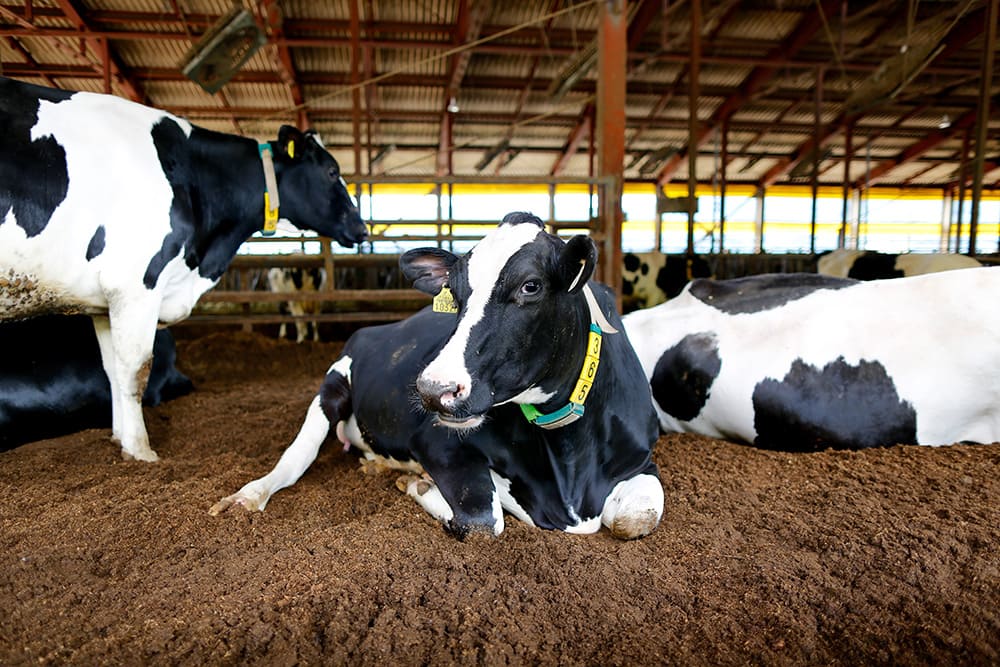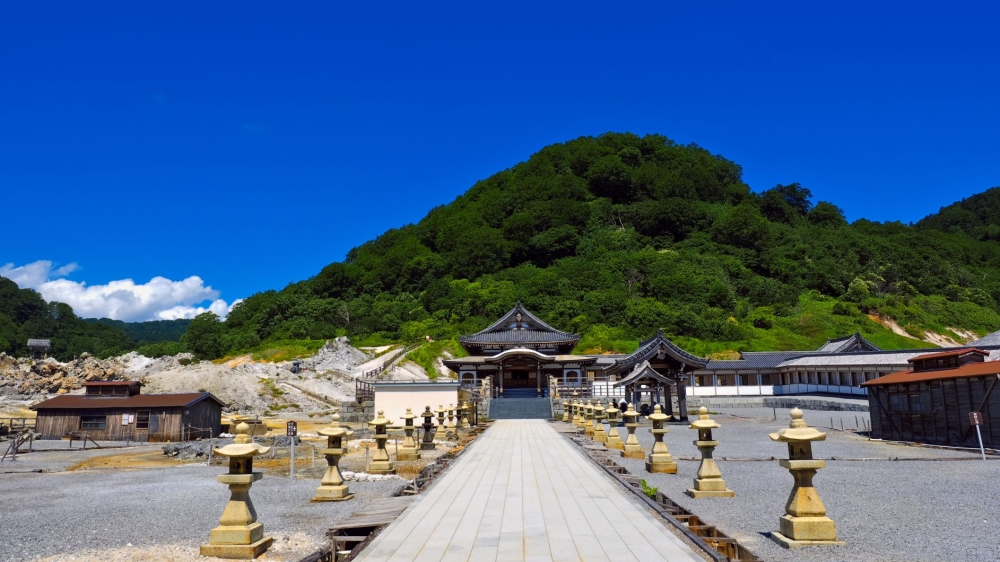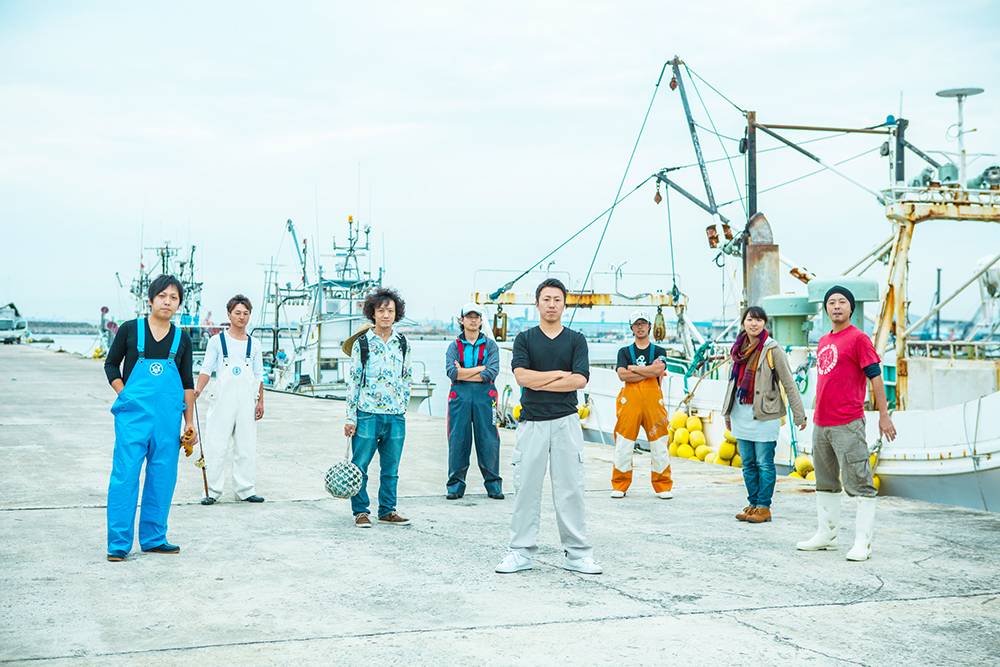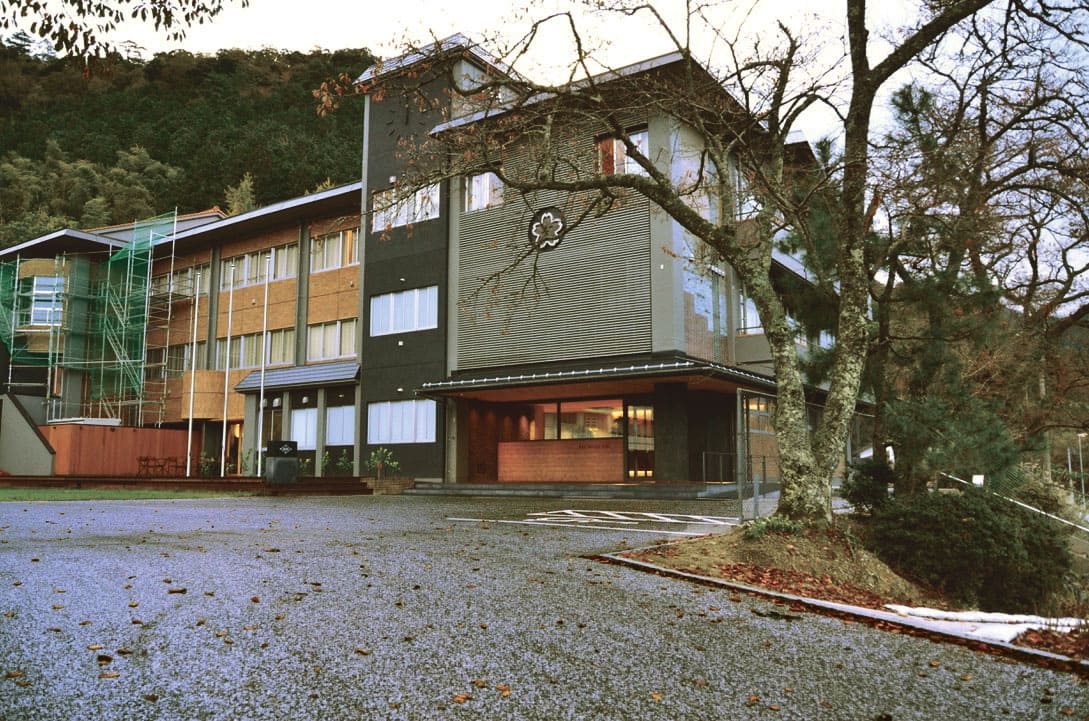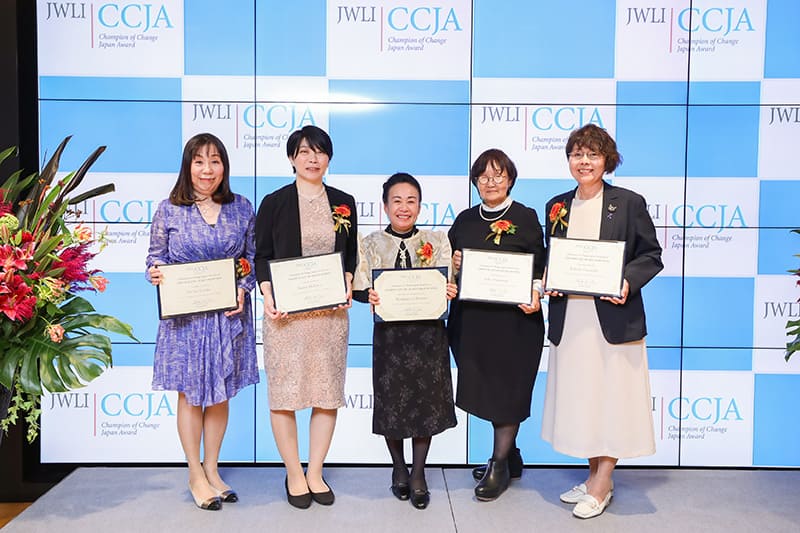December 22, 2023
Okayama’s Maniwa, a model city for sustainable rural revitalization
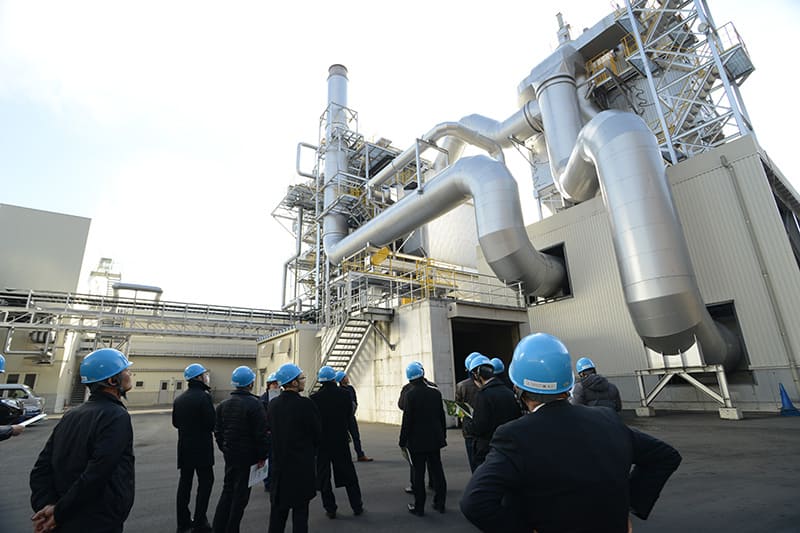
Maniwa in north-central Okayama won this year’s Sustainable Japan Excellence Award in the satoyama category, presented by The Japan Times for the city’s efforts to create and maintain the circulation of resources.
In a recent interview with The Japan Times, Mayor Noboru Ota spoke about examples of resource use and regeneration in Maniwa that are having positive impacts on the local environment and economy.
The Maniwa Biomass Power Plant uses wood from forest thinning and general industrial waste from local lumber mills that would otherwise be discarded. About ¥1.2 billion ($8.3 million) of the plant’s ¥1.8 billion in annual sales is spent on biomass for fuel. Part of that goes to the owners of forests and mountains at the rate of ¥550 per ton. “The total amount paid to the owners since the beginning of the operation of the plant in 2015 has reached ¥310 million,” Ota said. It costs money to maintain healthy forests through proper thinning, part of the reason why so many individually owned forests have been left abandoned across the country even though forest management also protects water sources and helps prevent disasters. “Giving back some of the profit to the owners leads to the regeneration of forests,” he said.
Forest reproduction has profound significance in terms of reducing carbon emissions. “Younger trees have been proved to absorb more carbon dioxide than older ones, so we are now involved in an experimental project to plant fast-growing trees,” Ota explained. To stabilize the procurement of the raw materials for making wood chips for the plant, the city is also planning to use more broadleaved trees, which are harder to handle than conifers in artificial forests because of their diverse sizes and shapes.
The biomass power generation also has created new jobs. “We have 15 workers at the plant, and hired 35 people to do jobs related to the plant such as logging and transporting lumber. The city’s current energy self-sufficiency rate is 62%. We are aiming for 100% to achieve the local consumption of locally produced electricity based on the circulation of resources,” Ota said.
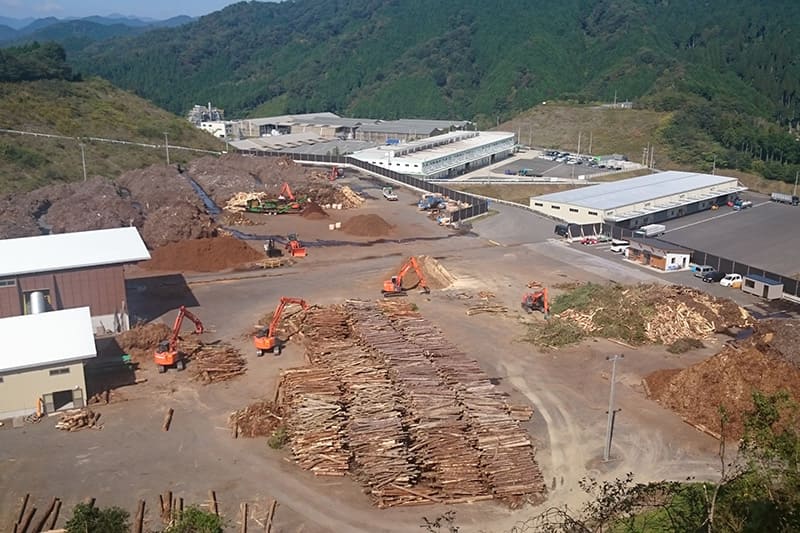
The environmental awareness that has been rising among the citizens thanks to the success of the biomass power plant is also supporting other ongoing projects. One of them creates liquid fertilizer from raw garbage and sewage from houses. As well as producing fertilizer, the methane gas generated during the process is used to generate electricity to supply power to a waste recycling plant.
The fertilizer is concentrated by seven times, making it more efficient to spray at farms. It will allow farmers to use environmentally friendly fertilizer at reasonable cost, reducing the ¥9.5 million they spend annually on fertilizers. There are various benefits to the city as well. Almost ¥19.5 million that has been flowing out of the city to purchase fertilizers will be saved. The three garbage incineration plants can become one, reducing the cost of garbage disposal by ¥147 million and cutting carbon emissions by 1,900 tons annually. The waste recycling plant is scheduled to start operations in the autumn of 2024.
There is also an example of the circulation of resources in the financial sector. In January 2023, the city launched a trial operation of Manicoin, a regional digital currency that can be used at stores in the city. Other functions, such as providing points for making tax payments or money transfers, receiving various government grants and subsidies, or participating in activities that contribute to achieving the U.N.’s sustainable development goals, will be added to the Manicoin application. “This will also help improve the efficiency of administrative work at City Hall,” Ota said.
He boasted that over 12,000 people out of the total population of 42,000 have already downloaded the application and said the service will start to generate profit once users reach 20,000. Store owners pay a processing fee of 1.5%, which is lower than credit cards and other common payment options. In addition, users receive a 1% rebate on their purchases. This simple and instant benefit may appeal not only to residents but to tourists as well.
“I want to create an atmosphere that encourages new challenges here, in an aging municipality where 40% of the population is 65 or older,” Ota said. Maniwa has been receiving visits from officials of many other municipalities looking for sustainable ways to manage their communities. With many ongoing projects to enhance the circulation of resources, Maniwa will continue to serve as a model of an attractive rural city where sustainability and livability go hand in hand, and a source of inspiration for enriching people’s lives despite rural depopulation.
The Sustainable Japan Award commends individuals, companies and organizations who have made advances in sustainable efforts. To learn more, visit https://sustainable.japantimes.com/sjaward2023

